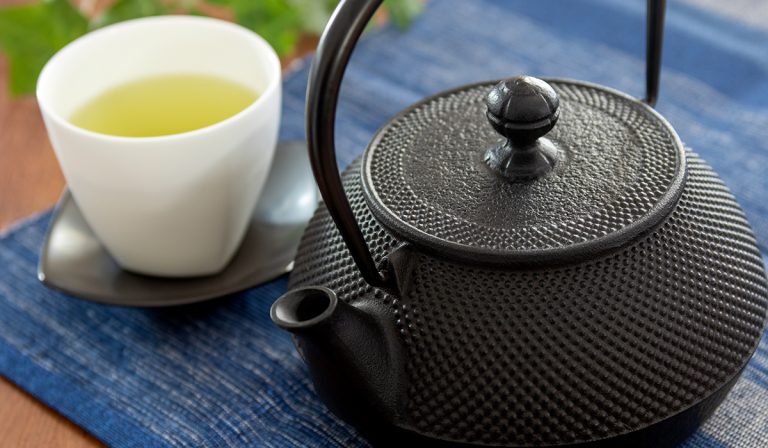
- Published: July 9, 2025 10:09 AM (JST)
- Last Updated: July 9, 2025 10:40 AM (JST)
Why Cast Iron Teapots with Infusers Have the World Sipping — A Friendly Guide
JapanGoodsHub is your trusted gateway to authentic Japanese products, including kitchenware, otaku collectibles, and traditional crafts.
We carefully select and recommend products with your convenience and interests in mind.
Product Guide Categories
Keyword Search
Introduction
Imagine a lazy afternoon in Osaka, a gentle breeze rolling through the open window as you pour steaming tea into your favorite cup. There’s something undeniably cozy about a cast iron teapot, especially one fitted with an infuser, that’s made them popular far beyond Japan’s shores. These handsome pots promise more than a good brew — they carry whispers of tradition and a solid, enduring charm that’s turned them into global kitchen treasures.
What People Are Saying
Spend five minutes on a tea forum and you'll find folks raving about how brewing in cast iron gives tea a richer body and helps keep it hot for ages. One tea enthusiast joked, “It stays warmer than my cat curled up in a sunbeam.” Others adore the removable steel infusers that make loose-leaf experiments a breeze.
But it’s not all warm fuzzies. Some point out that enamel-lined pots can crack if you mistakenly boil water directly in them. And purists sometimes raise an eyebrow, noting that these teapots aren’t actually authentic to traditional Japanese tea culture — it was always kettles, not teapots, that were cast from iron. Still, most people seem perfectly happy trading strict authenticity for a daily ritual that feels delightfully personal.
A few have confessed to discovering mold after forgetting damp leaves inside — a reminder that even beautiful things demand a little care.
Common Questions Answered
Can I boil water in it? If it’s enamel-coated inside, best not. Enamel is fragile under direct heat and could crack. Traditional tetsubins (plain cast iron kettles without enamel) are meant for boiling; most modern teapots are purely for steeping.
Is rust a big problem? Not if you keep it dry. Leftover moisture is the usual culprit, so empty and air-dry it after each use. A tiny bit of rust won’t hurt, but persistent rust means you’ll want to scrub gently and reseason if it’s unlined.
Does tea taste better? Many say yes. The heavy walls hold heat beautifully, giving tea leaves a steady soak that coaxes out deeper flavors.
What if I see white fuzz? That’s probably mold from forgotten tea leaves. Clean it out, rinse with hot water (no soap needed), and let it dry thoroughly.
Where to Buy & Typical Prices
Amazon
Amazon.com is brimming with options, from no-frills black pots to bright floral designs with matching cups. Fast shipping and piles of user reviews make it easy to comparison shop. Check out examples here.
eBay
If you’re hunting for vintage or rare designs, eBay is a bit of a treasure hunt. Expect everything from gently used classics to quirky antique finds. Explore listings here.
ZenMarket
Want the thrill of buying straight from Japan? ZenMarket is a proxy service that helps you shop local Japanese sites and have items forwarded to you. View examples.
Want a step-by-step guide? Read our detailed article on how to use ZenMarket here.
Buyee
Buyee is another popular proxy service, handy for browsing Mercari and Yahoo Auctions in Japan. It’s perfect if you’re after deals or unique local sets. Browse samples here.
Need more help? Check out our complete guide on buying through Buyee here.
How to Choose the Right One for You
Think first about size. If you’re mostly brewing for yourself, a 0.6–0.8 liter pot is plenty. For hosting or longer tea sessions, go closer to a full liter. Check if the interior is enamel-coated — easier to clean, though it means no boiling. Also, test the weight if you can. Cast iron is hefty by nature, but some pots feel like lifting a small boulder when full. Finally, pick a design that sparks joy. After all, this is as much a visual delight as it is a practical tool.
Conclusion
From my small Osaka kitchen to your table, I say dive in and explore. Sure, they’re a bit more fuss than a simple mug and tea bag, but there’s something special about the quiet ritual of warming a cast iron teapot, hearing that soft clink of the infuser, and sipping a brew that’s truly yours. Happy steeping — and may your tea times always be a little adventure.
Further Reading
written by
Born to a Japanese mother and British father in Osaka, Ken bridges cultures naturally. Fluent in both English and Japanese, he’s your go-to for exploring local markets, street foods, and hidden culinary gems across Japan. His light-hearted style makes even complex traditions easy to digest.
More Articles in This Category
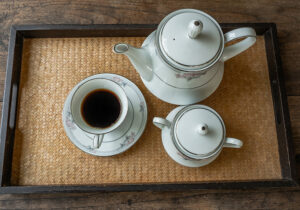
Best Tea Sets with Bamboo Trays from Japan: A Buyer’s Guide
- Japanese Kitchen & Tableware
- Tea sets
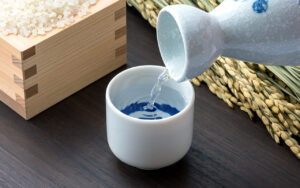
Personalized Engraved Sake Set: How to Buy Directly from Japan
- Japanese Snacks & Drinks
- Sake sets
- Sake & umeshu
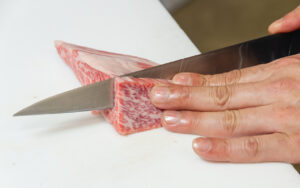
Best Japanese Knife for Meat: A Complete Guide From a Tokyo Crafts Lover
- Japanese Kitchen & Tableware
- Japanese knives
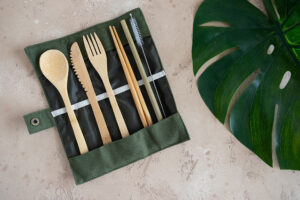
Reusable Travel Chopsticks Kits from Japan: A Gentle Guide
- Japanese Kitchen & Tableware
- Chopsticks & rests
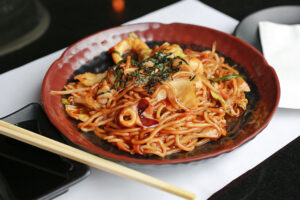
Ceramic Teppanyaki Plates from Japan: A Friendly Guide to Buying & Using
- Japanese Kitchen & Tableware
- Griddles & Specialty Pans
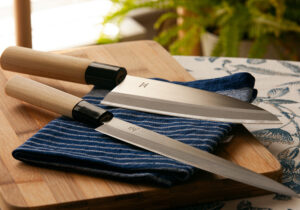
Best Gyuto Knife for Sushi: Where to Buy and What to Know Before You Cut
- Japanese Kitchen & Tableware
- Japanese knives

Luxury Sake Set Gift Box from Japan: Where to Buy & What to Know
- Japanese Kitchen & Tableware
- Sake sets

Eco Bamboo Bento with Strap: Why Everyone’s Buying These from Japan
- Japanese Kitchen & Tableware
- Bento boxes

Best Places to Buy a Small Personal Donabe from Japan
- Japanese Kitchen & Tableware
- Donabe & earthenware pots

Best Santoku Knives for Vegetables: A Japanese Buyer’s Guide
- Japanese Kitchen & Tableware
- Japanese knives